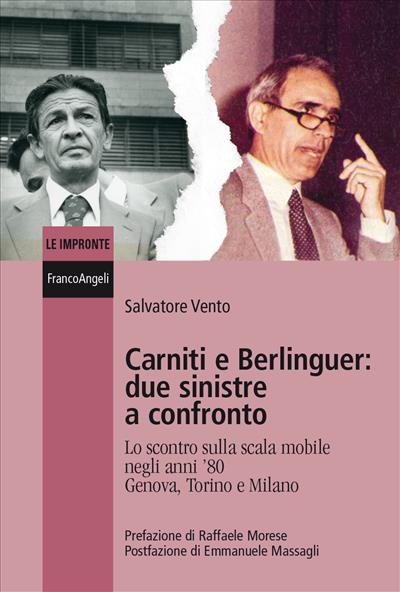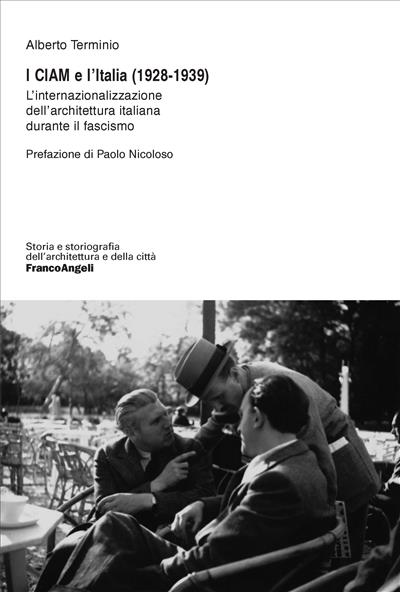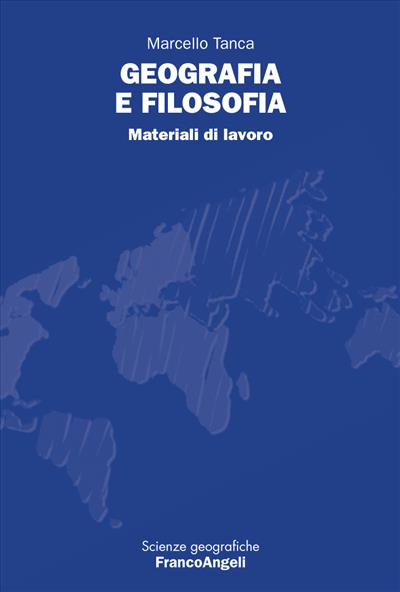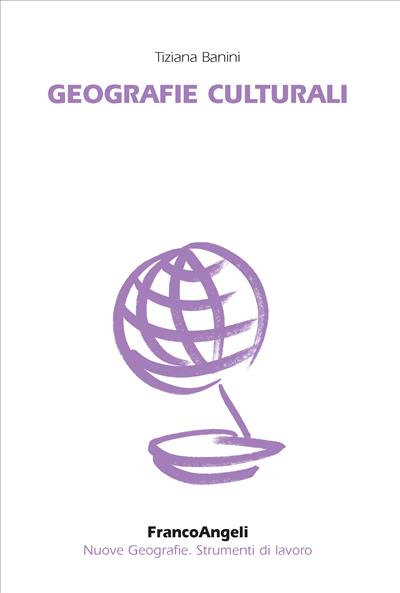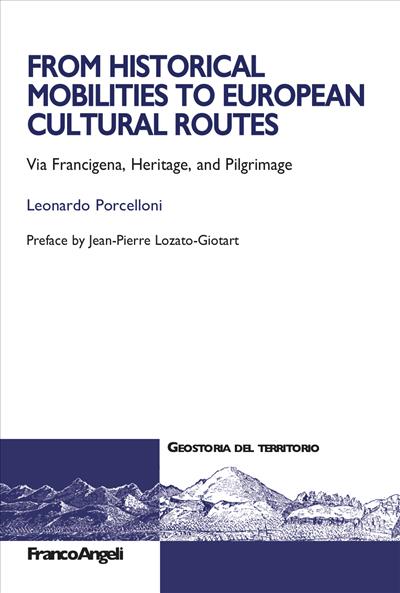
From Historical Mobilities to European Cultural Route
Via Francigena, Heritage and Pilgrimage
Ancient road networks, once vital corridors of movement and exchange, continue to shape contemporary societies through evolving approaches to mobility, heritage, and tourism. This volume examines the transformation of medieval itineraries, particularly the via Francigena, within the framework of the Cultural Routes of the Council of Europe, highlighting its role as a complex phenomenon reflecting ongoing processes of territorialisation and contemporary reinterpretation.
Pagine: 292
ISBN: 9788835173434
Edizione: 1a edizione 2025
Codice editore: 616.28
Disponibilità: Discreta
Pagine: 292
ISBN: 9788835179863
Edizione:1a edizione 2025
Codice editore: 616.28
Possibilità di stampa: No
Possibilità di copia: No
Possibilità di annotazione: Sì
Formato: PDF con DRM Readium LCP
Pagine: 292
ISBN: 9788835182900
Edizione:1a edizione 2025
Codice editore: 616.28
Possibilità di stampa: No
Possibilità di copia: No
Possibilità di annotazione: Sì
Formato: ePub con DRM Readium LCP
